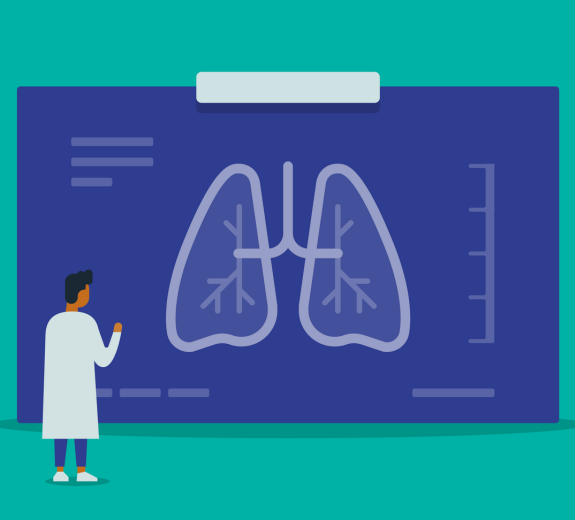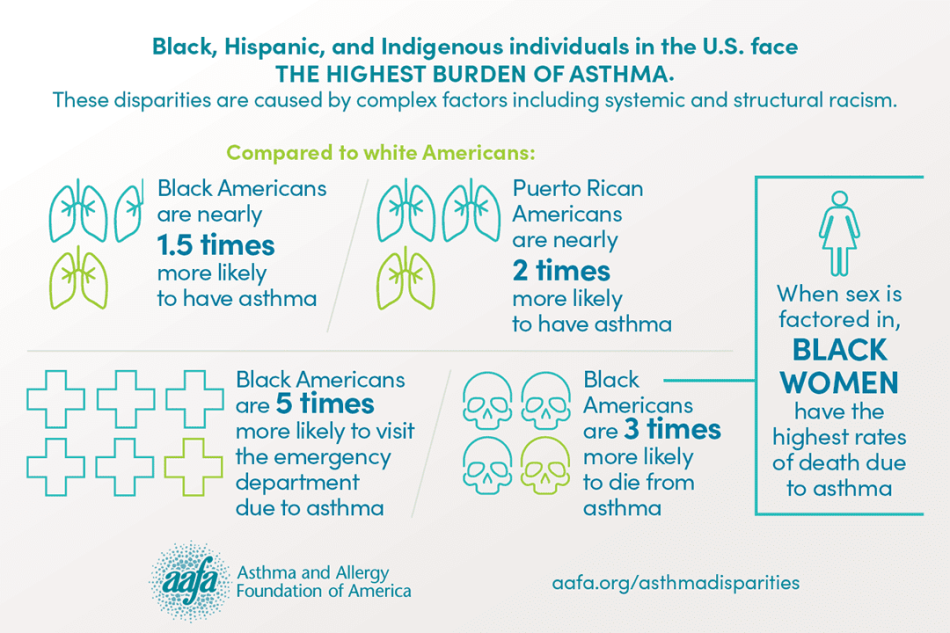“Historically, we’ve treated all asthma with steroids, which don’t work well for everyone and can be pretty toxic,” says Matt Altman, MD, MPhil, physician and BRI researcher who focuses on asthma. “Now, we have new therapies becoming available that work really well for some people. And we’re able to collect a whole host of molecular data to try to understand who responds and why they respond, so we can move closer to more personalized treatment.”
Dr. Altman and BRI Research Associate Member Scott Presnell, PhD, are part of a team analyzing data for the CAUSE network, which spans six research centers across America. BRI’s team is using innovative tools and technologies to find meaning and patterns within the huge amounts of data that this network collects.
“We now have the opportunity to use new tools to integrate so many different kinds of data — gathering this much information and this level of detail would have been logistically impossible 20 or 30 years ago,” Dr. Presnell says. “That alone will add a tremendous amount of information about these different types of asthma — and the possibilities of what we could learn are really exciting.”





